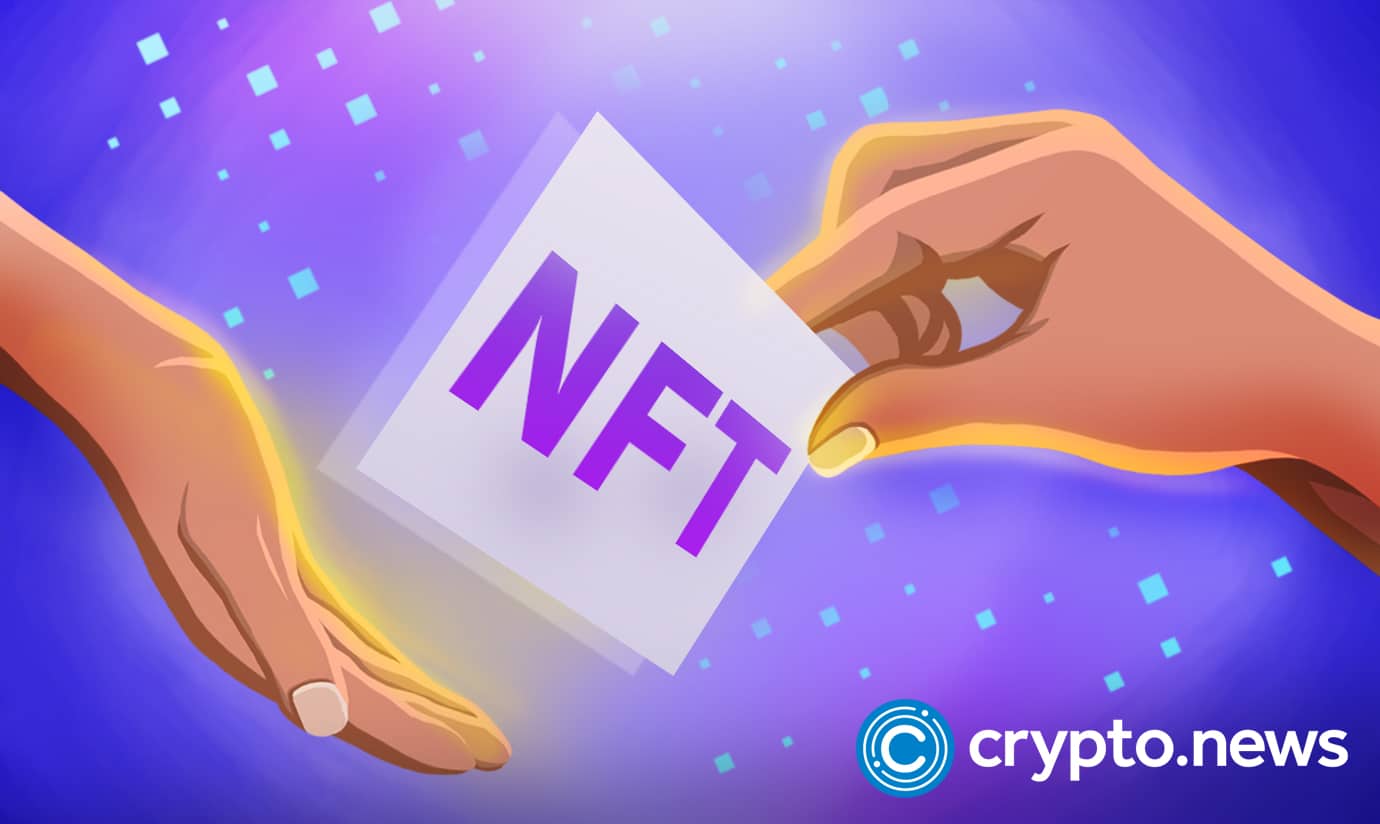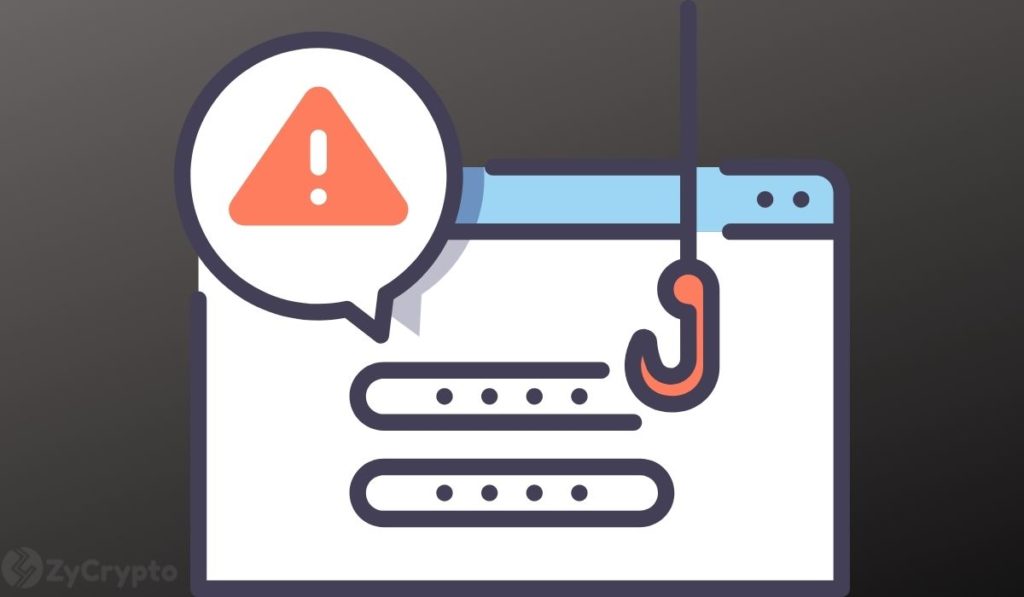
2024-7-15 07:34 |
Recently an unsuspecting investor allegedly lost $240,000 worth of NFTs overnight due to a phishing scam on Blur Marketplace. In this blog post, we uncover the path of this scam, its financial implications, and the most essential steps you can take to protect your digital assets.
Understanding the Blur Phishing Scam The Scam UnveiledOn a seemingly ordinary day, an NFT collector became the target of a well-orchestrated phishing attack. The scammer managed to manipulate sales through a vulnerability in Blur’s listing system. This is not your typical phishing that has, as its basis, deceiving emails or messages; this was a technical maneuver. What the scammer found was a way to engage in private sales, which bypassed the usual requirement of being public to access.
Manipulating Royalty SettingsPerhaps the worst part of all is that the royalty-settings for the NFTs were manipulated. The scammer made a private sale to himself, changing the settings so that the money would be diverted to his address. This was a crucial step in making sure that the scam went unnoticed until it was way too late. The victim ended up signing a transaction on a phishing website marketed by another account on social media. Simple as that signature may be, it led to a disastrous financial loss.
The scammer’s use of social engineering tactics took the attack to another level. A nearly identical social media impersonator account on social media was what tricked the victim into feeling safe enough to interact with the phishing website. A mix of technical exploitation and psychological manipulation made this modern NFT-space phishing scam very sophisticated and effective.
The Incident in Detail Financial Loss and ImpactThe stolen NFTs were highly valuable. Among them were Bored Ape Yacht Club NFTs, the loss of which recorded an enormous financial loss to the victim. Beyond the immediate financial implecations, the incident illustrates the broader risks that still exist in crypto and the NFT space. This phishing scam is just another example, among a growing list, of why decision-making needs to be vigilant and knowledgeable with regard to digital assets.
A Case Study in ExploitationTo get a better understanding of the risks at play, let’s examine two significant incidents that have occurred on the Blur marketplace:
September 2023: Smart Contract VulnerabilityIn September 2023, a vulnerability in one of Blur’s smart contracts was found and attackers drained funds from the market’s liquidity pool, which resulted in widespread financial loss. This underlines the importance of strong smart contract security practices.
November 2023: Front-End ExploitIn November 2023, the attackers were able to exploit a front-end vulnerability to alter the listing prices of NFTs—underpricing valuable assets and causing financial losses for affected users.
Prevention and Security Measures Protecting Digital AssetsIt is then up to the users to take necessary security precautions so they do not become victims of the same scams. The following are important for the protection of your digital assets:
Be Cautious of Phishing Websites: Always check if websites are authentic before entering sensitive info or signing transactions. Look for secure connections (https://) and beware of unfamiliar URLs. Beware of Impersonator Accounts: There is no end to impersonation on social media platforms. Make sure to confirm accounts before any interactions, especially if they are asking for interactions regarding your digital assets. Stay Informed: Keep monitoring scams and the latest security in crypto and NFT spaces; knowledge is your best defense with threats that keep evolving. Recognizing Red FlagsIt is important to be familiar with common warning signs of NFT scams:
Unsolicited Offers: Be wary of unsolicited offers that promise to list NFTs at high prices or free mint and airdrop events, as these can be scams to make private sales possible wherein all proceeds are rerouted to the scammer’s address. Too Good to Be True Deals: If it sounds too good to be true, it probably is. Be warned; always research the service or offer before any transactions. Secure Your Wallets: Use hardware wallets or multi-signature wallets to enhance the security of your digital assets. These measures add an extra layer of protection against unauthorized access. ConclusionThe Blur phishing scam serves as a stark reminder to stay cautious and be aware of the risks associated with the NFT and crypto space. By following how the scam unravelled and taking proactive security measures into account, you will be better prepared to shield your digital assets from the same threats. Stay vigilant, remain educated, and make security a priority in all your online interactions. Together, let’s continue to build a safer and stronger crypto and NFT ecosystem.
Editor’s note: This article was written with the assistance of AI. Edited and fact-checked by Owen Skelton.
The post How a Blur Phishing Scam Cost One Investor $240,000 in NFTs appeared first on NFT News Today.
Similar to Notcoin - Blum - Airdrops In 2024
Blur (BLUR) на Currencies.ru
|
|









